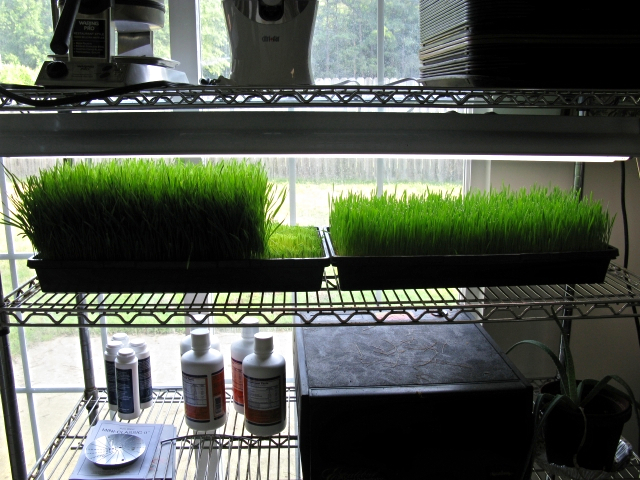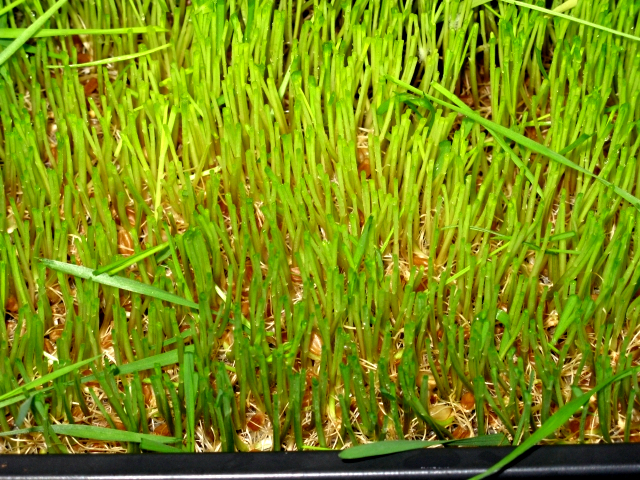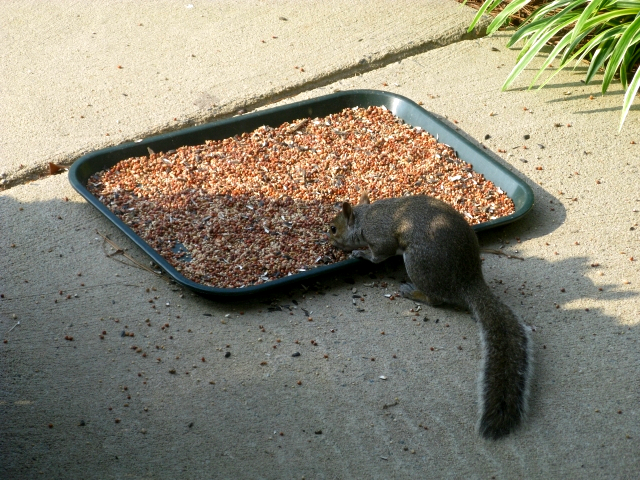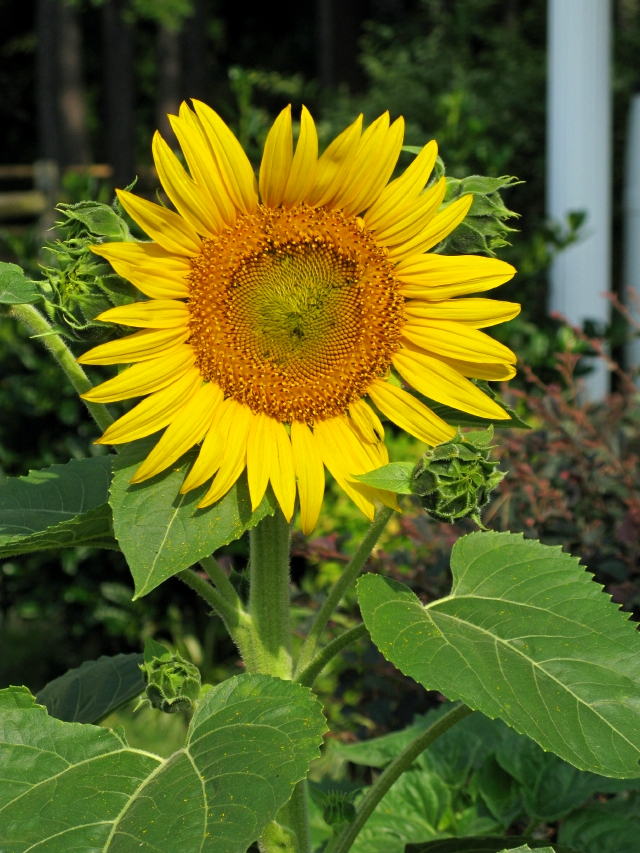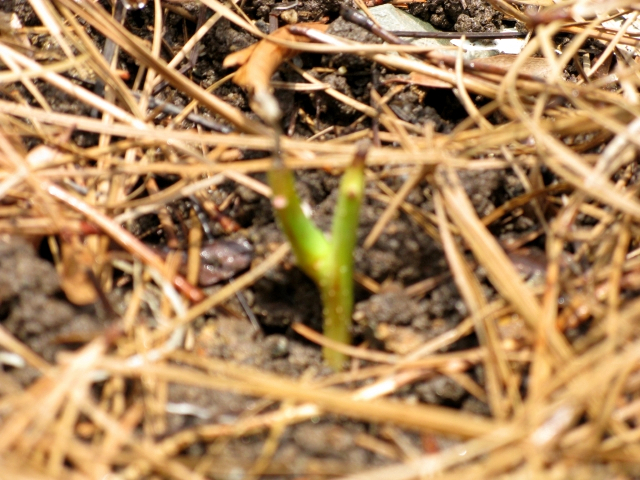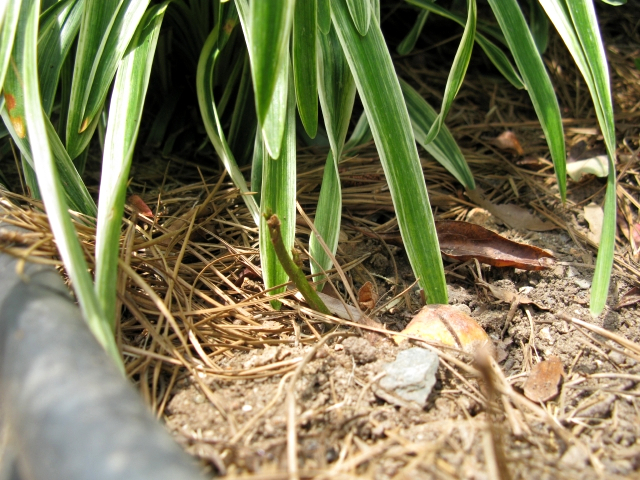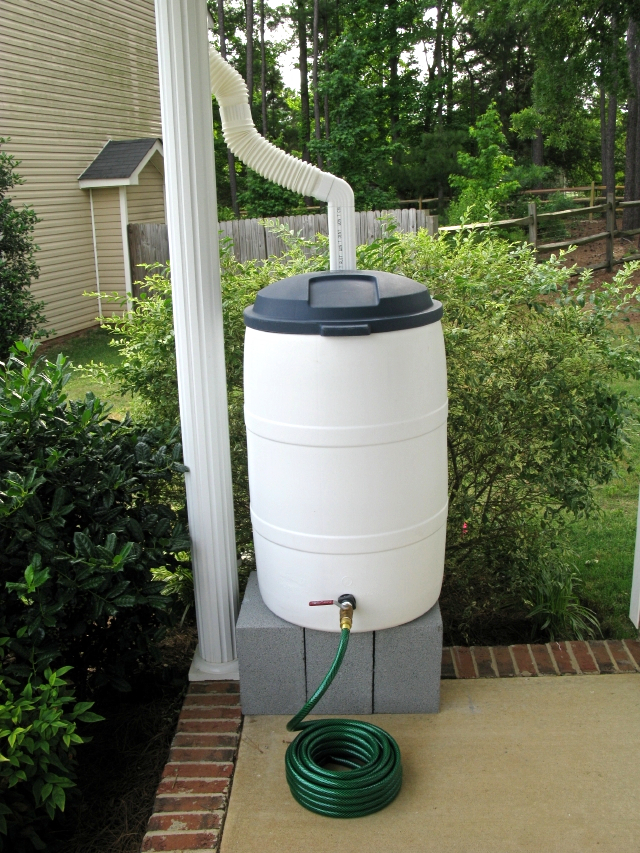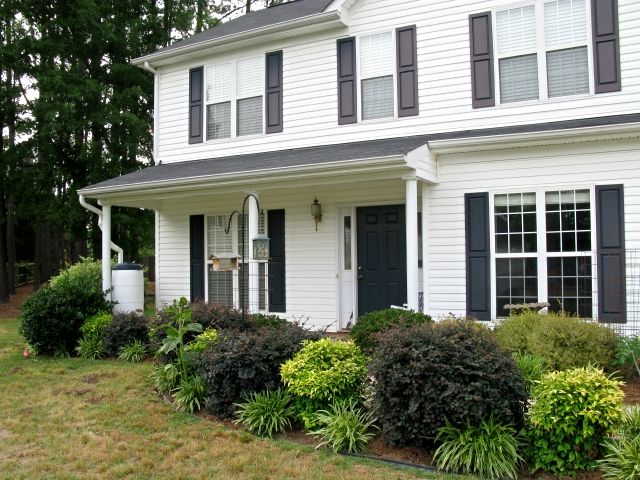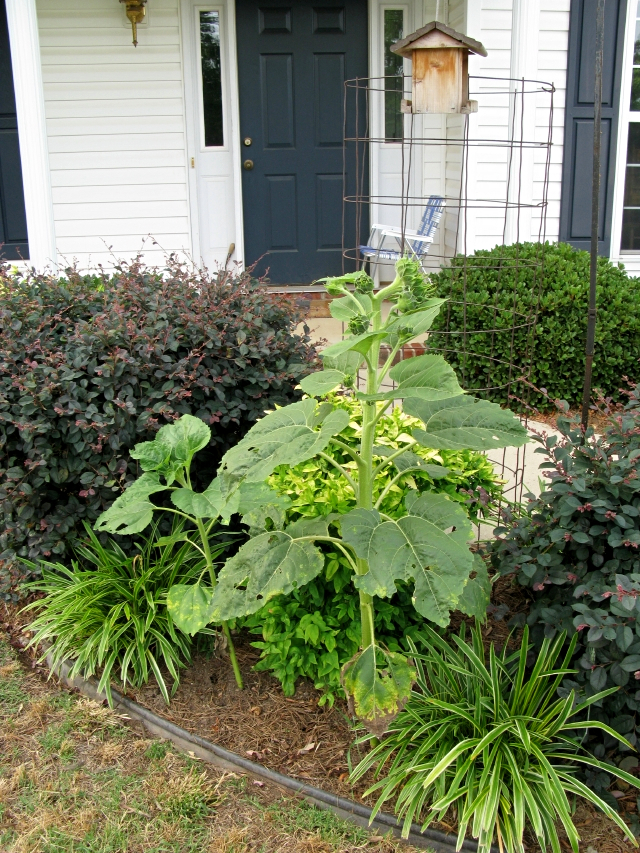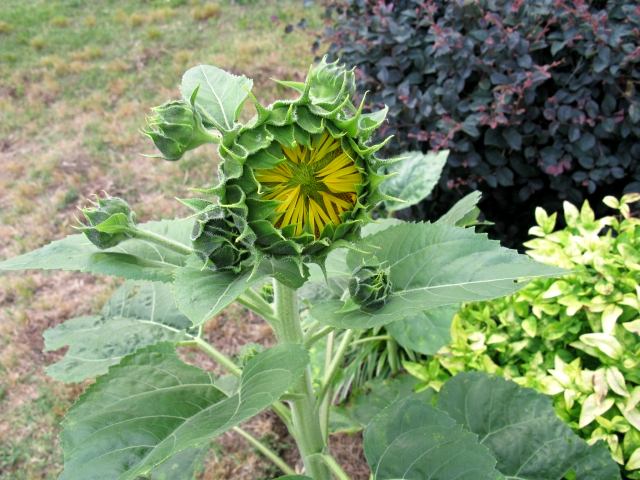This morning on the Today show there was a feature on the move toward "urban food gardens" (their term). They tied the movement directly to increasing food prices -- more and more people are doing small backgard, patio, or container gardens as well as larger plots. A Home Depot garden center spokesman said that more and more people are buying vegetable and fruit transplants instead of ornamental plants. They made reference to the Victory Garden movement popular during World Wars I and II when backyard gardens took pressure off the national food supply during those wars.
I may be wrong, but I don't see price-pressures on food changing much in the future. If you're resisting beginning to grow your own food because you think this is a short-lived necessity, I would think again.
I may be wrong, but I don't see price-pressures on food changing much in the future. If you're resisting beginning to grow your own food because you think this is a short-lived necessity, I would think again.

